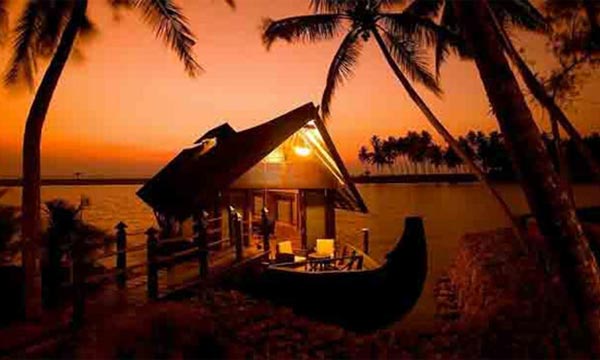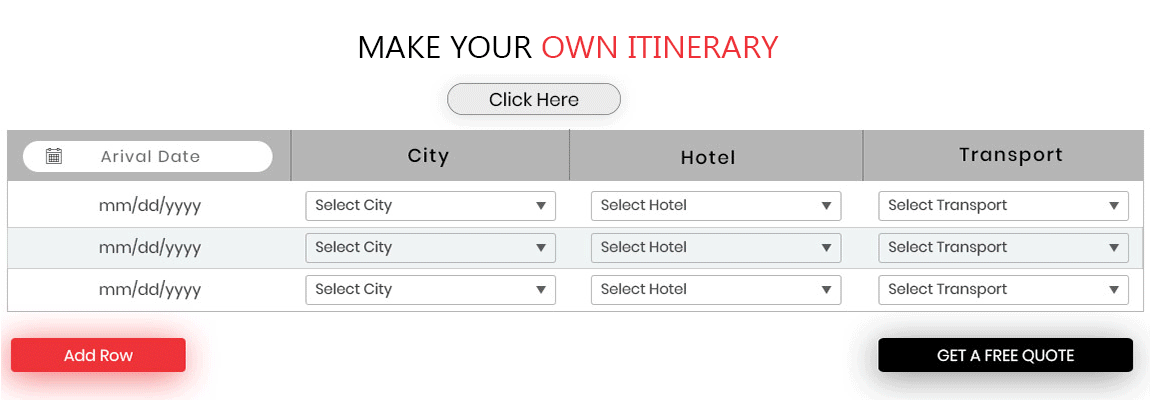arattu festival
Dates
To be AnnouncedLocation
Kerala, IndiaSoak in the culture and the rituals of Kerala
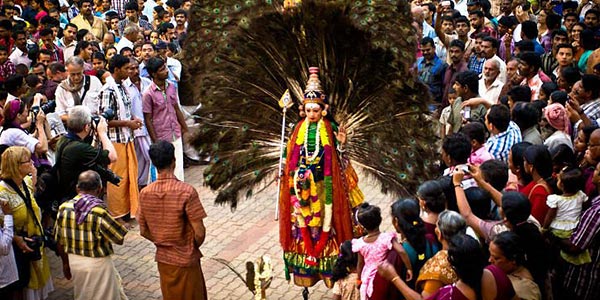
This festival, Arattu is more than just a temple festival; it is a ritual and combination of traditions of the local people and the ancient gods and goddesses. It is a grand procession and includes a variety of performances for the celebration. The festival has or exhibits almost everything that one must need to witness to experience the true essence of Kerala and its festivals.
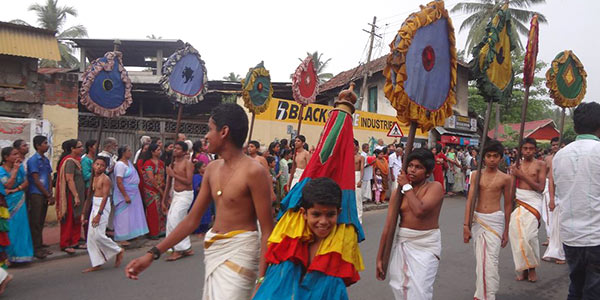
The Arattu festival is celebrated in the “Janardhan Swami Temple,” this is also known as the Varkala temple as it is situated in the Varkala city. This city is about 25 km north to the Thiruvananthapuram city, the capital city of Kerala.
This festival is celebrated twice a year in Kerala, which is March-April and October-November It is held in the month of March that is the month of Meenam, at the temple in Varkala.
It is a 10-day festival at the Janardhan swami temple, with the Kathakali dances, ornamental silk umbrellas and elephant processions.
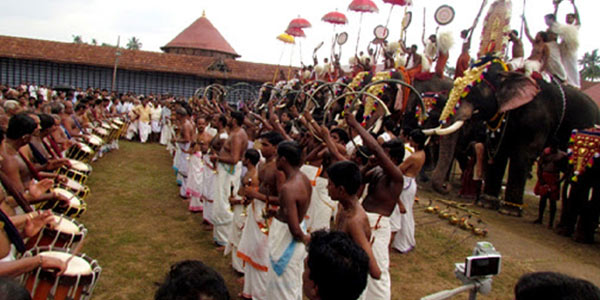
An Arattu basically means the immersion of the deity in a holy river on the last day of the festival at the Janardhan Swami temple. The magnificent temple does pure justice to the vibrant colors and energetic spirit of the devotees at the festival.
The Janardhan Swami temple is one of the most ancient temples in Kerala and is a known destination for the devotees of Lord Vishnu. This is the only temple in Kerala that is dedicated to Lord Vishnu in the name of Janardhan Swami.
It is a ten-day festive fair and this starts on the Karthika day of the Malayalam calendar and ends on Uthram day. This starts with the flag hoisting on the first day and ends with the Arattu on the last.
All the traditional night kathakali performances are held on the fourth and the fifth day of the festival. There is a procession of the adorned elephants. The holy bath of Lord Vishnu or the Arattu is held on the last day that is the Uthram day.
There are a lot of rituals performed by the Maharaja at the temple during the festival. ‘Pallivetta’ is another procession that takes place inside the fort on the night before the parade. The Ex-Maharaja and his highness perform many rituals together and take a ceremonial baths once the parade reaches the sea marking the end of the divine journey.
One of the major attractions for the visitors and the tourists at the festival is the Dutch Bell. It is believed that the temple was offered this bell by a Dutch sailor as an oblation.
This festival witness thousands of devotees, followers and visitors to experience the divine festival and for the splendid and attracting architectural features of the temple.
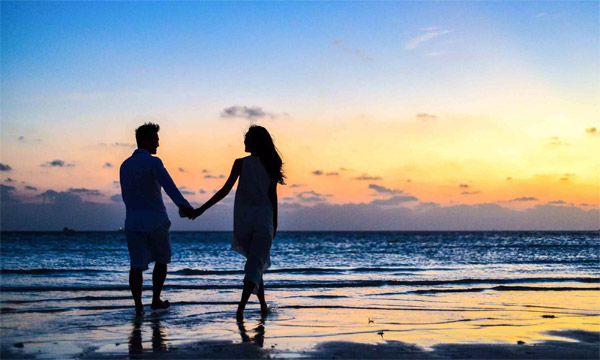
Kerala Honeymoon Tour Package
Kochi - Munnar
Periyar - Kumarakom - Alleppey - Cochin
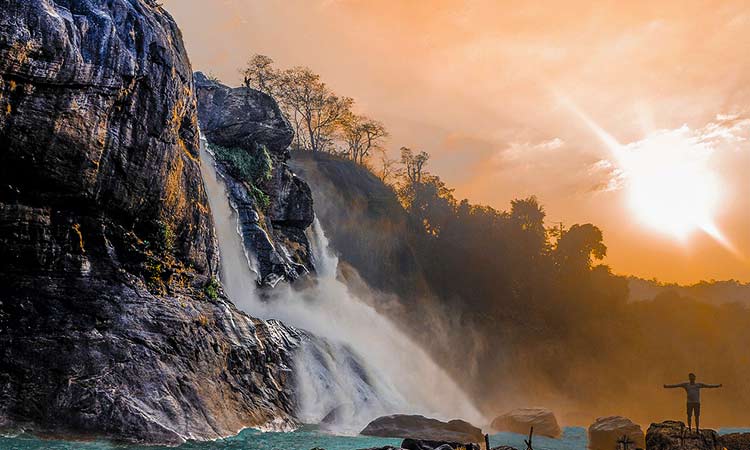
Kerala Homestay Holiday package
Kochi - Palakkad
Alappuzha - Wayanad - Kannur - Kochi
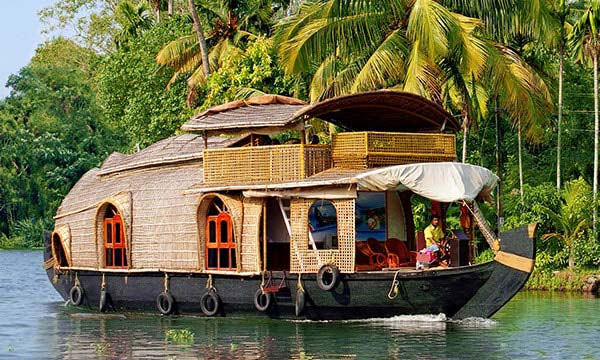
Kerala Backwater Tour
Trivandrum - CapeComorin
Kovalam - Alleppey - Kumarakom - Periyar - Munnar - Cochin - Trivandrum

